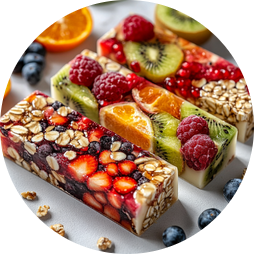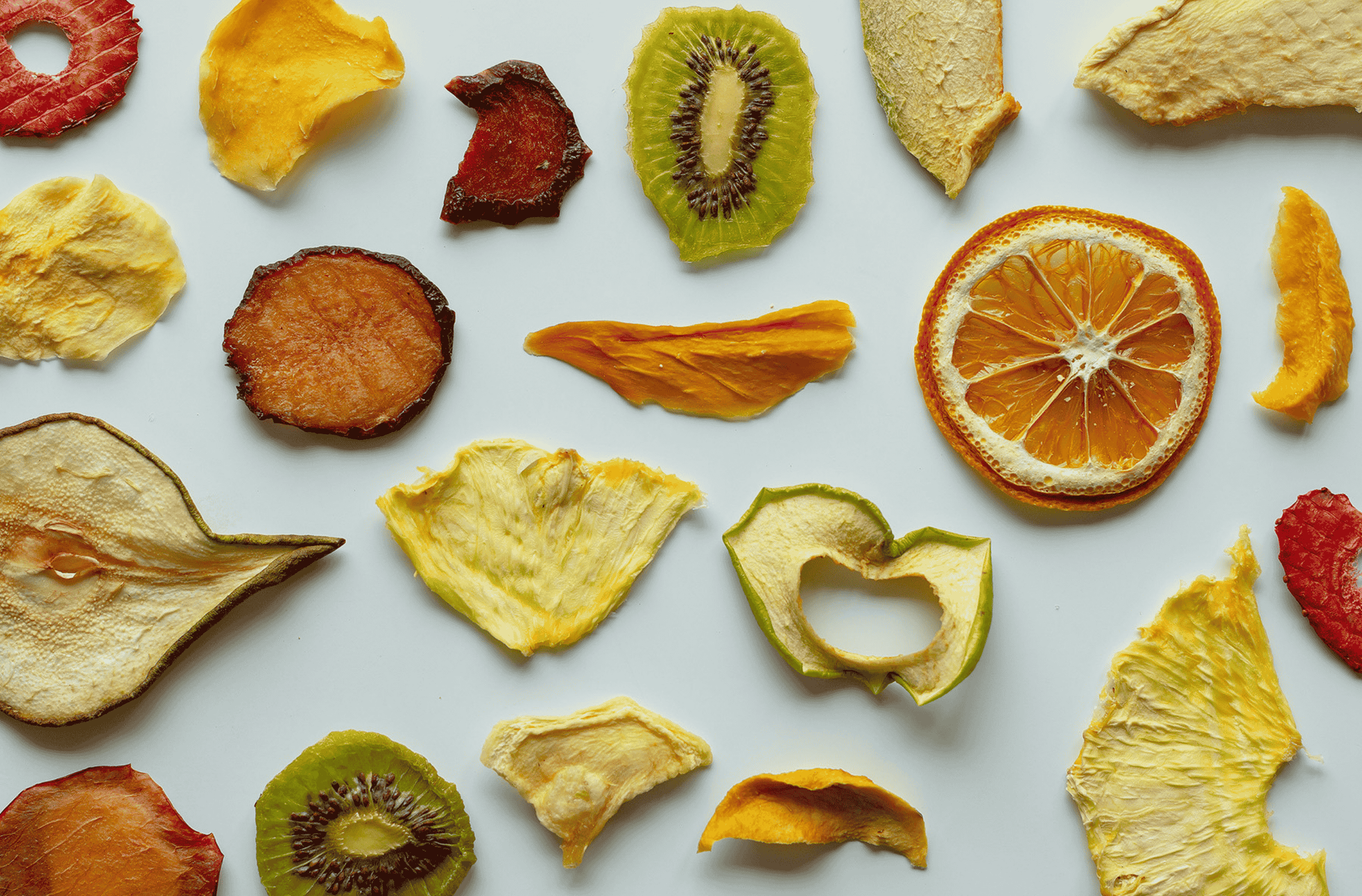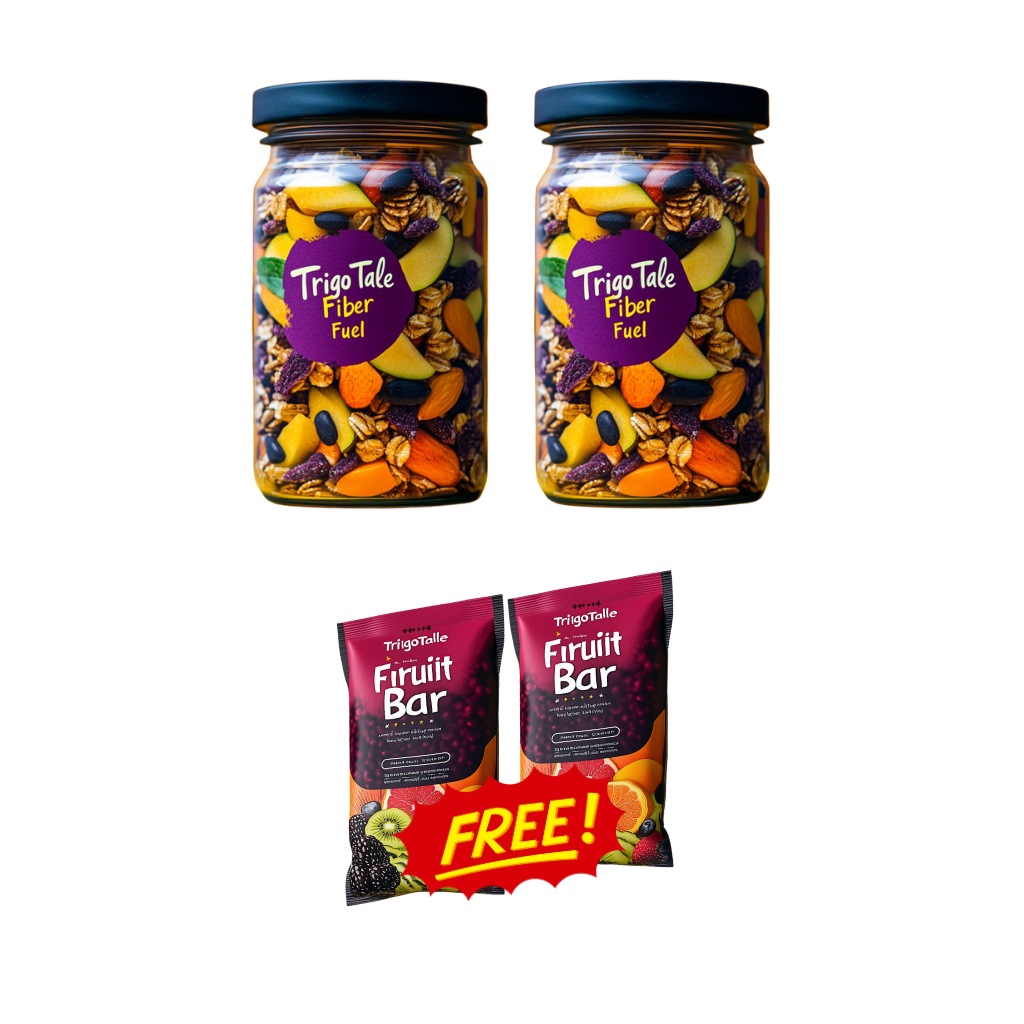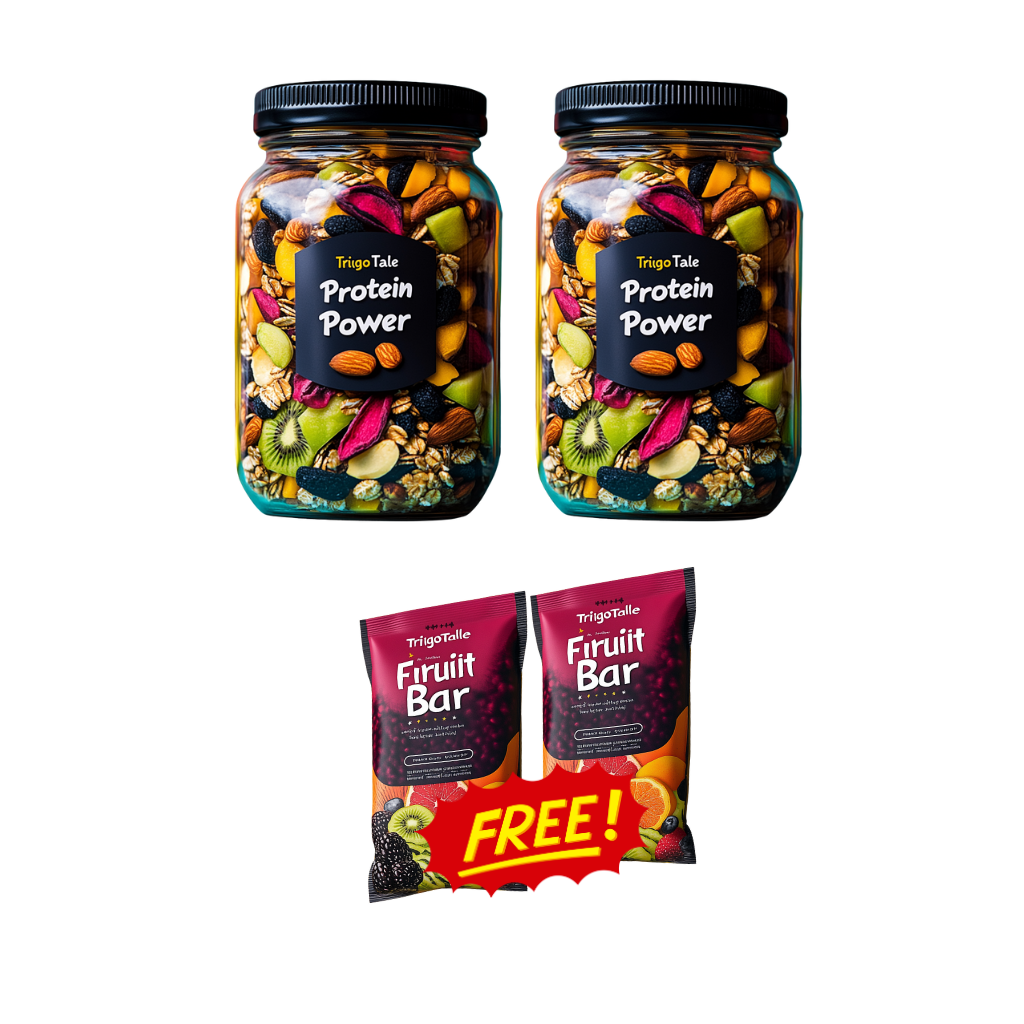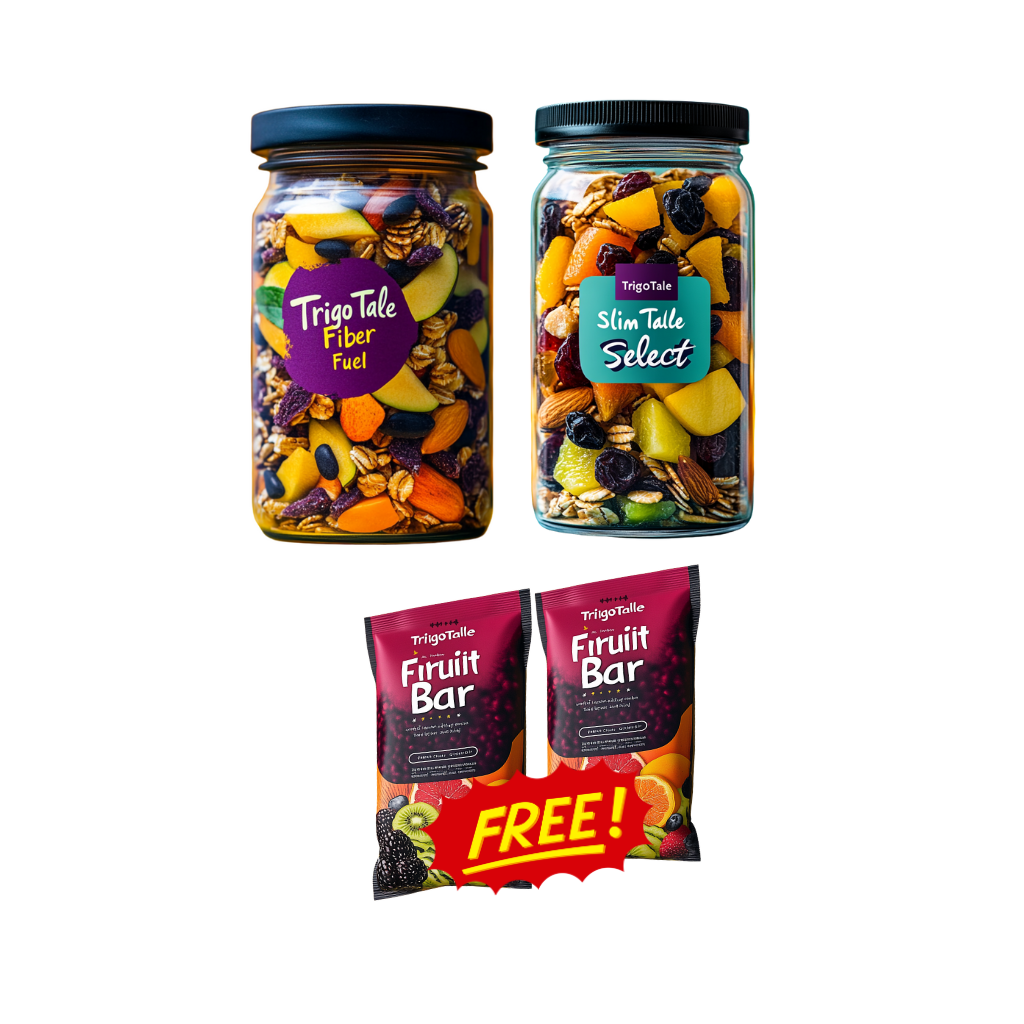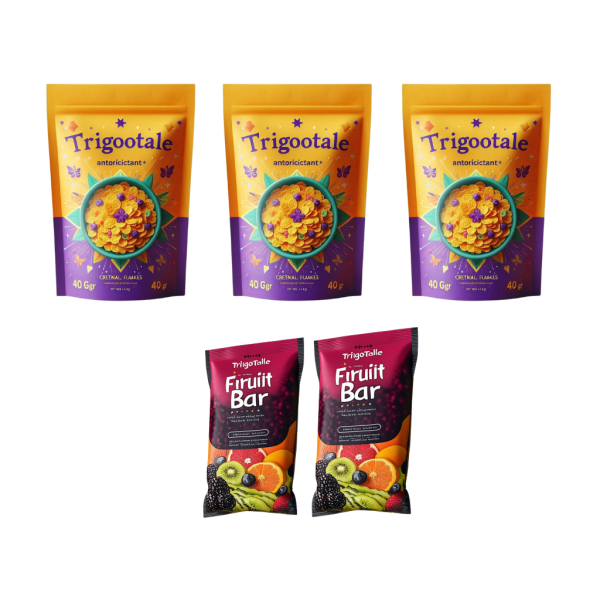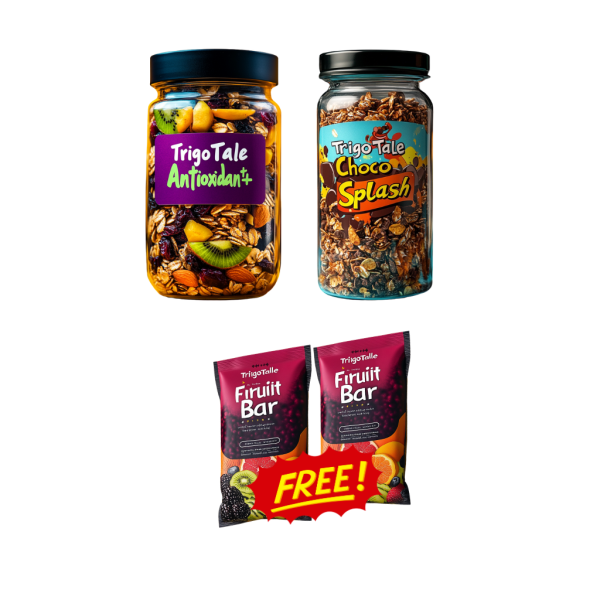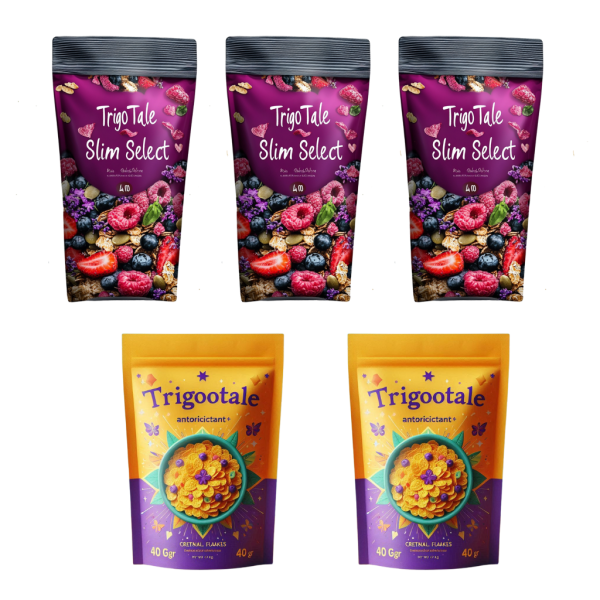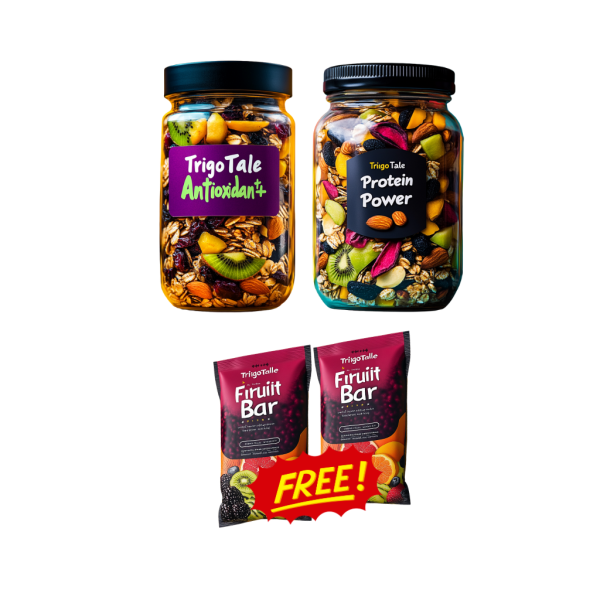Dried fruits are a delicious, nutritious, and convenient snack enjoyed around the world. While there are several methods to preserve fruits, solar-drying is one of the most natural and eco-friendly techniques. By harnessing the sun’s energy, solar-drying not only retains the fruit’s nutritional value but also reduces reliance on artificial energy sources. Let’s explore how bananas, mangoes, and grapes are transformed into delightful dried treats using the power of the sun.
What is Solar-Drying?
Solar-drying is a method of removing moisture from fruits using the heat of the sun. This process inhibits the growth of spoilage-causing microorganisms, extends shelf life, and concentrates the fruit’s natural flavors and sugars. Solar-drying can be done using simple trays or more advanced solar dryers that protect the fruit from dust, insects, and rain while maximizing heat absorption.
The Solar-Drying Process: Step by Step
1. Selection and Preparation
- Bananas: Choose ripe but firm bananas. Peel and slice them evenly, usually into 5-8 mm thick rounds or lengthwise strips.
- Mangoes: Select ripe, non-fibrous mangoes. Peel, remove the seed, and slice the flesh into thin, uniform strips or pieces.
- Grapes: Use seedless, fully ripe grapes. Wash thoroughly and, if desired, blanch briefly in hot water to crack the skin, which speeds up drying.
2. Pretreatment (Optional but Recommended)
Pretreating fruits can help preserve color, texture, and nutrients:
- Bananas & Mangoes: Dip slices in a solution of lemon juice and water (1:4 ratio) for a few minutes to prevent browning and enhance vitamin C content.
- Grapes: Dipping grapes in a solution of boiling water and a small amount of baking soda for 30 seconds helps split the skins and improves moisture loss.
3. Arranging for Drying
- Spread the prepared fruit pieces in a single layer on clean trays, mesh screens, or racks.
- Ensure pieces do not overlap to allow even air circulation and drying.
4. Solar-Drying
- Place the trays inside a solar dryer or under direct sunlight in a clean, dust-free area.
- Cover with a fine mesh or cheesecloth to protect from insects and debris.
- Turn or stir the fruit pieces occasionally for uniform drying.
- Drying times vary depending on weather, humidity, and fruit thickness:
- Bananas: 2-4 days
- Mangoes: 2-3 days
- Grapes: 3-7 days (grapes take longer due to higher water content)
5. Checking for Doneness
- The fruit should be leathery, pliable, and not sticky to the touch, with no visible moisture.
- Over-drying can make fruit brittle, while under-drying can lead to spoilage.
6. Conditioning and Storage
- After drying, place the fruits in loosely packed jars or containers for 7-10 days, shaking daily to distribute any remaining moisture.
- Store fully dried fruits in airtight containers in a cool, dry place away from sunlight.
Benefits of Solar-Dried Fruits
- Nutrient Retention: Preserves most vitamins, minerals, and antioxidants.
- Natural Sweetness: No added sugars or preservatives needed.
- Eco-Friendly: Uses renewable solar energy, reducing carbon footprint.
- Long Shelf Life: Enjoy seasonal fruits year-round.
Conclusion
Solar-drying is a simple, sustainable, and effective way to preserve the vibrant flavors and nutrients of bananas, mangoes, and grapes. Whether you enjoy them as a snack, in cereals, or as a topping for desserts, solar-dried fruits are a healthy addition to any diet. Next time you savor a chewy dried mango or a sweet raisin, you’ll know it’s the sun’s magic at work!




